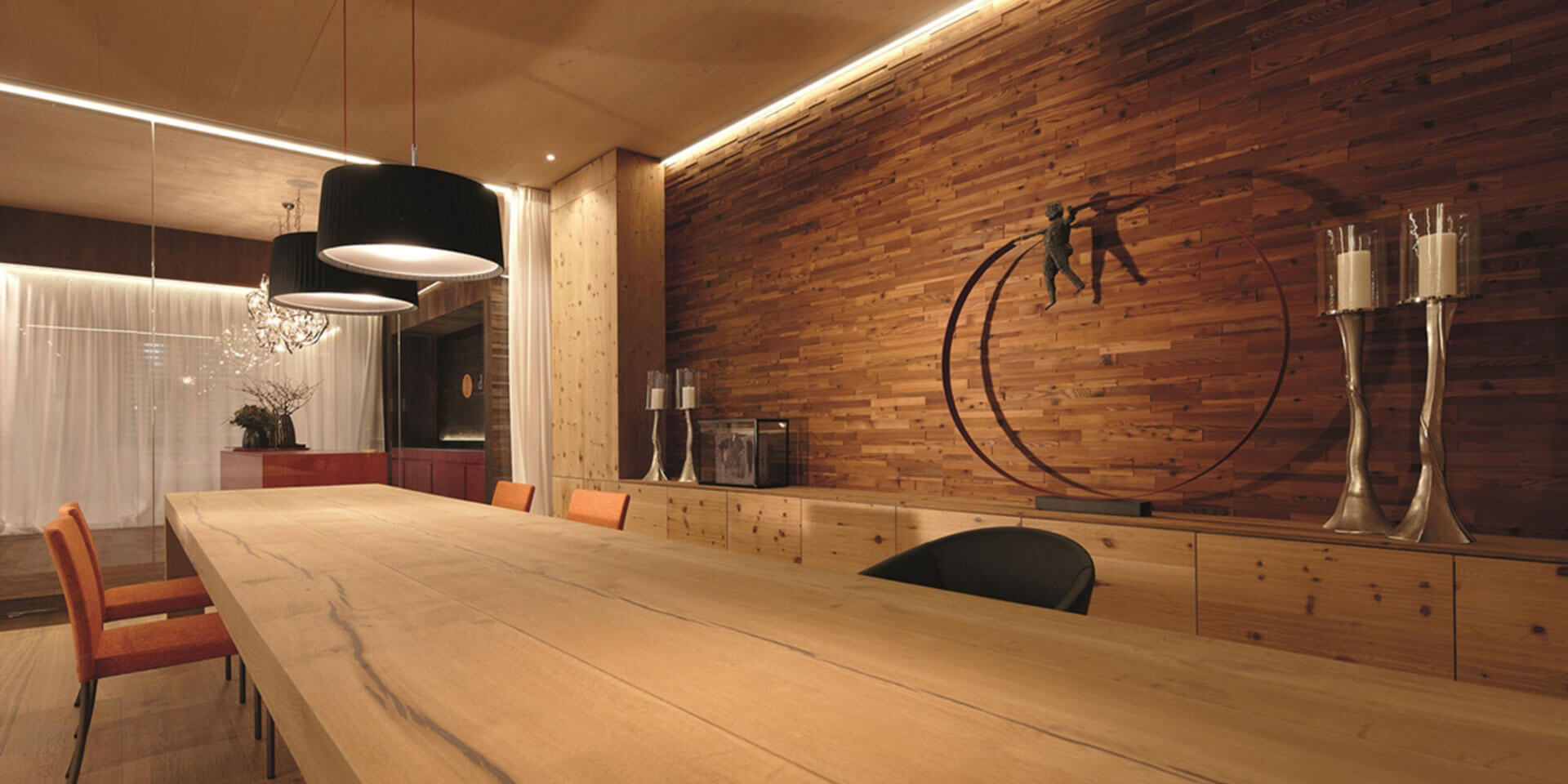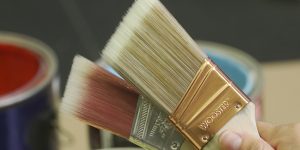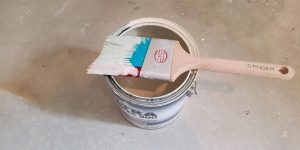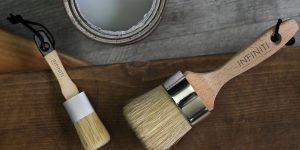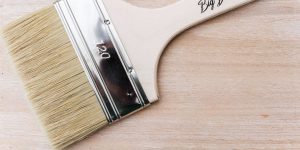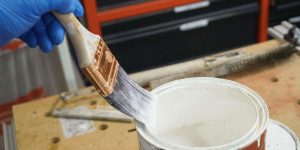It is not difficult to paint wood paneling. However, it is essential to take the time to properly prepare the surface before beginning to paint and, in general, to be prepared for painting. Otherwise, the finished product may not look as good as you hoped.
- Start cleaning the wood paneling with a mild soap and water solution. It will help remove any dirt or grease on the surface.
- Next, sand the wood paneling with fine-grit sandpaper. It will help create a smooth surface for the paint to adhere to.
- Once the paneling is sanded, apply a primer to the surface. It will help the paint adhere better to the wood and provide additional protection against moisture damage.
- Finally, paint the wood paneling with high-quality paint. Choose a color that complements the rest of the room’s or building’s decor. Apply two or three coats of paint, allowing each coat to dry completely before applying the next.
What primer should I use when painting wood paneling?
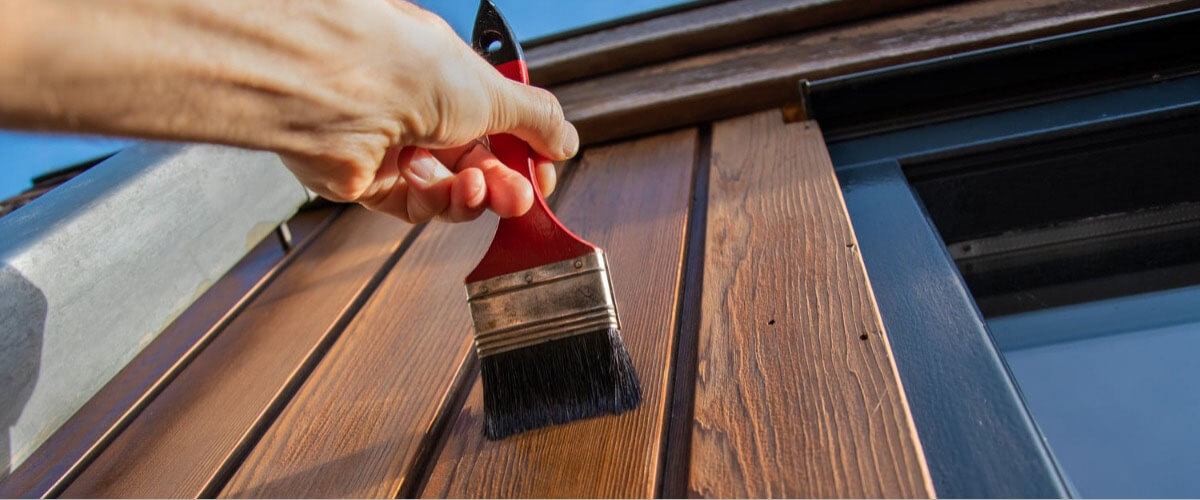
Before painting wood paneling, it is necessary to select a suitable primer. A common mistake is to choose a primer that is not suited for the job, which can lead to poor results. Various primers are available on the market, so it is essential to read the labels carefully to select the best one for the job.
A latex primer can be used if the wood paneling is in good condition. However, an oil-based primer should be used if the paneling is damaged or has been previously painted with oil-based paint. It will help to create a smooth surface for the paint to adhere to and will also help to prevent any bleed-through from the wood grain.
It is also essential to select a primer that is compatible with the paint that will be used for the topcoat. Once the proper primer has been selected, it is essential to follow the manufacturer’s instructions for application. Primers should be applied with a brush or roller and allowed to dry completely before painting.
With what is it better to paint wood paneling: brush, roller, or spray?
There are a few things to consider when deciding how to paint wood paneling. The type of paint you use, the finish you desire, and the application method all play a role in choosing the best option for your project.
However, in any case, applying it with a brush, roller or sprayer will produce different results. Brushes are best for painting small areas or tight spaces, while rollers are better for large surfaces. However, a brush is also the most time-consuming and labor-intensive option. Sprayers can be used for small and large projects, but they may not produce a complete even coat of paint.
Besides, it is generally best to use a brush or roller if you are painting over old paint or varnish. However, for new wood paneling, you may be able to get away with using a sprayer.
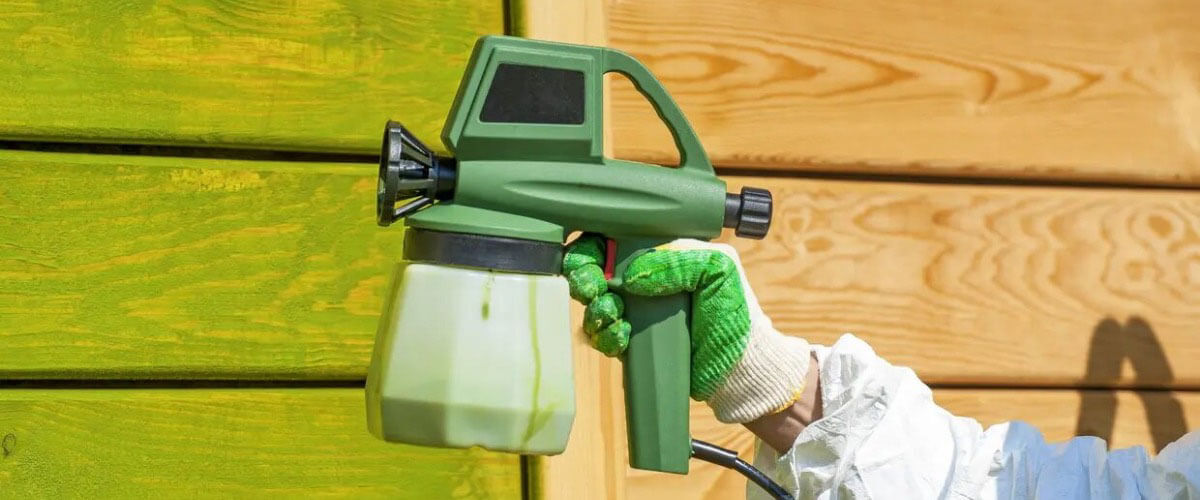
What type of paint is it better to choose for wood paneling?
Paint is an essential aspect of any wood paneling project. The type of paint you choose will affect the overall look of your finished project.
Oil-based paints are generally the best choice for painting wood paneling. It will help to protect the wood and give it an excellent finish. They provide a durable, long-lasting finish that is easy to clean and maintain. However, oil-based paints can be difficult to apply evenly and produce a strong odor during application and drying.
Water-based paints are another option for painting wood paneling. They are easier to apply than oil-based paints and have little odor. Water-based paints also dry more quickly, making them a good choice for projects that need to be completed in a timely manner.
You can also use latex paints. Latex paints dry quickly and don’t require the use of a primer, making them a good choice for time-sensitive projects. However, latex and water-based paints may not provide the same durability and long-lasting finish as oil-based paints.
Should I use varnish after painting the wood paneling?
The short answer is that it depends on the paint finish you are using and the environment in which the paneling is located. For example, if you are using high-gloss or semi-gloss paint, then a varnish is not necessary. However, if you use flat or eggshell paint, you may want to consider applying a varnish to help protect the paint finish and prevent dirt and grime from building up on the surface. Additionally, if the paneling is located in an area with high humidity or temperature fluctuations, a varnish can help prevent the paint from peeling or blistering.

